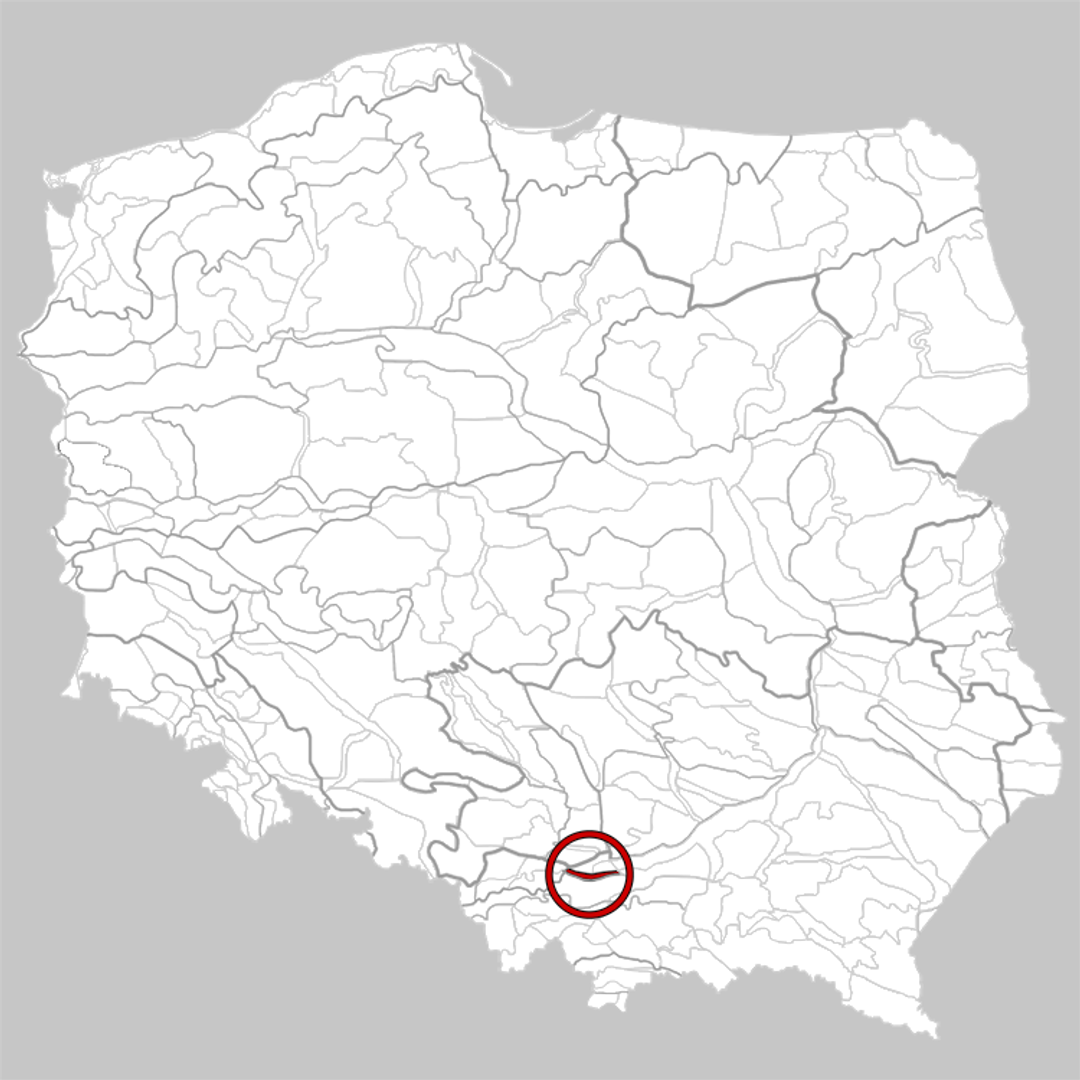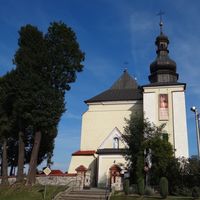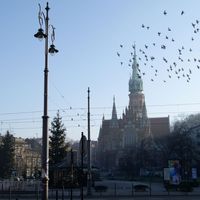Skawinski Ditch
6.55

Overview
The Skawina Trench is a physiographic mesoregion located in southern Poland, within the Kraków Gate, stretching from Spytkowice in the west to Skawina in the east. This region is a tectonic trench, forming a narrow valley of the Vistula River, filled with marine sediments from the Miocene epoch. It is approximately 2 km wide and about 22 km long. It features flat terrain with occasional limestone outcrops and lacks distinct northern boundaries, where it transitions into the Cholerzyńskie Depression upland. The Skawina Trench is a deforested, built-up area, largely covered by meadows. In the architectural context of the region, the main town of the Skawina Trench is Skawina, which serves as the center of the local community. The town has a rich history dating back to medieval times, and its architecture reflects diverse styles that have evolved over the centuries. In Skawina, one can find both traditional rural buildings and modern public utility structures. The region hosts various cultural events that attract residents and tourists, highlighting local traditions and customs. The Skawina Trench is also a place of historical significance, associated with important trade routes, especially water transport. In the past, the Łączany Canal, constructed in this region, enabled the transport of goods from Silesia to Kraków, which was crucial for the economic development of the area. Interestingly, the Skawina Trench, as a flat and expansive area, played an important role in transportation and communication, which in turn influenced settlement development. Additionally, the lack of forests and the dominance of meadows create landscapes characteristic of this region, providing unforgettable views and conditions for the development of local flora and fauna.
Location
Tickets
Powered by GetYourGuide
You can also find here:
2025 Wizytor | All Rights Reserved









